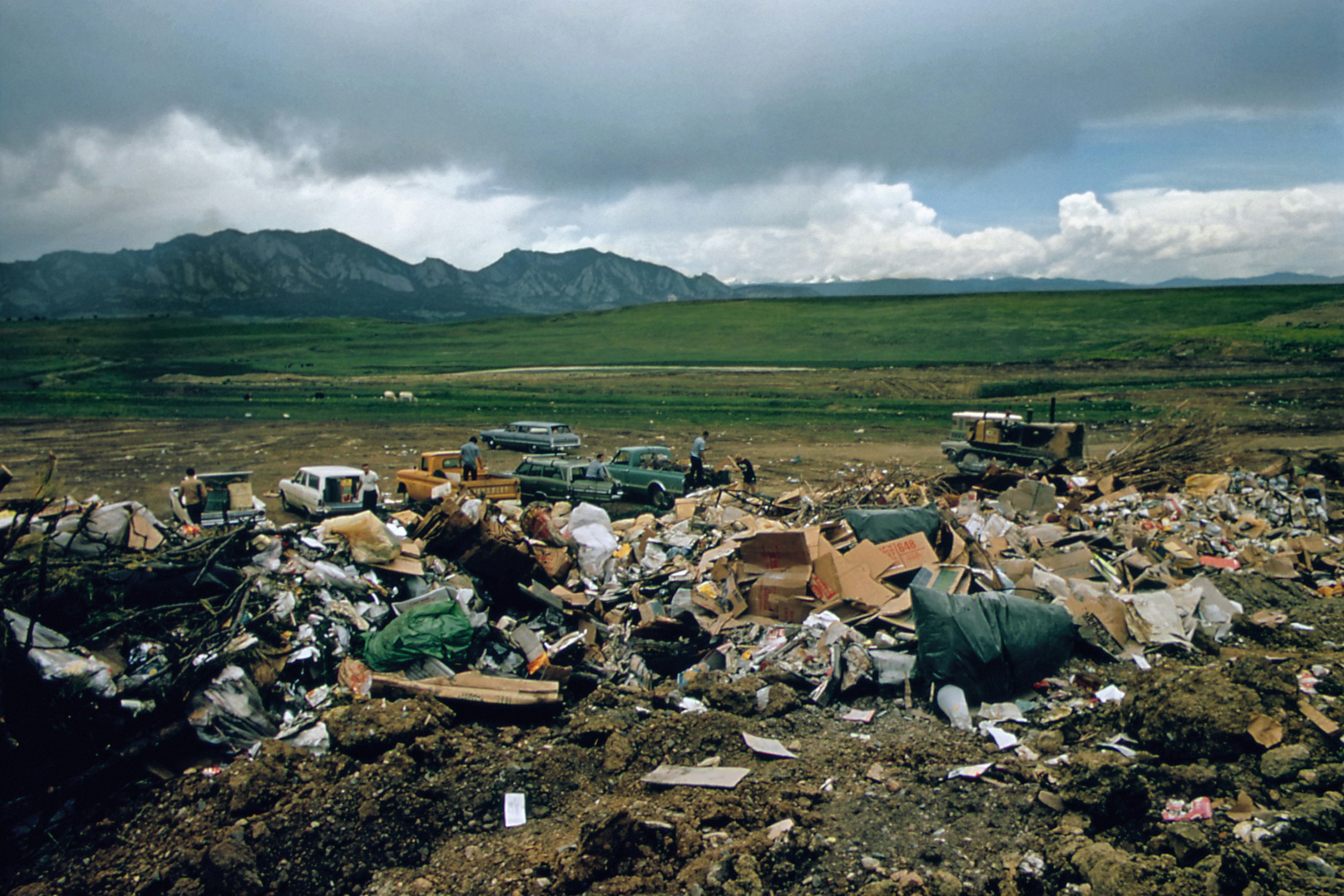The Hidden Cost of Mattress Waste: How 20 Million Mattresses End Up in Landfills Each Year
The disposal of 20 million mattresses annually has hidden costs that extend beyond financial loss, impacting the environment in significant ways. This post uncovers the true cost of mattress waste and discusses strategies for hotels to minimize their contribution to this growing problem through better mattress care and disposal practices.
Every year, an estimated 20 million mattresses are discarded in the United States, with the vast majority of them ending up in landfills. While this staggering number highlights the scale of the waste problem, it also points to a less visible issue: the hidden costs associated with this mattress waste. These costs are not just financial but also environmental, affecting communities, ecosystems, and the planet as a whole. Understanding these hidden costs is essential for anyone looking to make more sustainable choices, particularly in industries like hospitality, where mattress use is extensive.
The Environmental Toll of Mattress Disposal
The most immediate and visible impact of mattress waste is the strain it puts on landfill capacity. Mattresses are large, bulky items that are difficult to compact, meaning they take up a significant amount of space in landfills. This not only accelerates the depletion of available landfill space but also creates logistical challenges for waste management. As landfills reach capacity, the need for new sites grows, often leading to the development of landfills in areas that were previously undeveloped, disrupting local ecosystems and communities.
Moreover, mattresses are made from a variety of materials, including foam, metal springs, textiles, and wood, many of which do not break down easily. Mattresses can take decades to decompose, and during this time, they can leach harmful chemicals into the soil and groundwater. For example, the polyurethane foam commonly used in mattresses is a petroleum-based product that can release volatile organic compounds (VOCs) and other toxic substances as it degrades. These pollutants pose significant risks to both environmental and human health, contributing to soil contamination and water pollution.
The Hidden Financial Costs
While the environmental impact of mattress waste is significant, the financial costs are also substantial—though they may not always be immediately apparent. For municipalities and waste management companies, the disposal of millions of mattresses each year represents a major logistical challenge. The process of transporting, handling, and disposing of mattresses is costly, requiring specialized equipment and significant labor. These costs are often passed on to taxpayers and consumers, either through higher waste disposal fees or increased product costs.
For businesses, particularly those in the hospitality industry, the frequent replacement of mattresses can also be a significant financial burden. The cost of purchasing new mattresses, coupled with the expense of disposing of old ones, can add up quickly, especially in larger establishments. Additionally, the hidden costs associated with waste management, such as increased landfill fees or environmental fines, can further strain budgets. Over time, these expenses can erode profitability and limit the resources available for other important investments, such as improving guest experiences or enhancing sustainability initiatives.
The Role of Recycling and Reuse
One of the most effective ways to mitigate the hidden costs of mattress waste is through recycling and reuse. Despite the challenges associated with recycling mattresses, many of the materials used in their construction can be repurposed. For example, metal springs can be melted down and used to produce new metal products, while foam can be recycled into carpet padding or insulation. By increasing the rate of mattress recycling, we can reduce the amount of waste that ends up in landfills and conserve valuable resources.
Additionally, extending the lifespan of mattresses through proper care and maintenance can help reduce the frequency of replacements, thereby lowering both the financial and environmental costs of mattress disposal. Technologies like MattressIQ’s machine-learned algorithms, which monitor mattress condition in real-time, can play a crucial role in this effort. By providing data-driven insights into when a mattress truly needs to be replaced, these tools help ensure that mattresses are used to their fullest potential before being discarded.
Becoming More Aware
The issue of mattress waste is a complex one, with both visible and hidden costs that affect the environment, public health, and the economy. However, by adopting more sustainable practices, such as recycling and extending mattress lifespans, we can begin to address these challenges. For industries like hospitality, where mattress use is extensive, taking steps to reduce mattress waste is not only an environmental responsibility but also a smart business decision.
As awareness of the hidden costs of mattress waste grows, it’s clear that change is needed. By rethinking how we manage mattresses—from production to disposal—we can reduce waste, lower costs, and contribute to a more sustainable future. Whether through recycling, reuse, or smarter mattress care, the solutions are within reach. It’s time to take action and address the hidden costs of mattress waste head-on.
